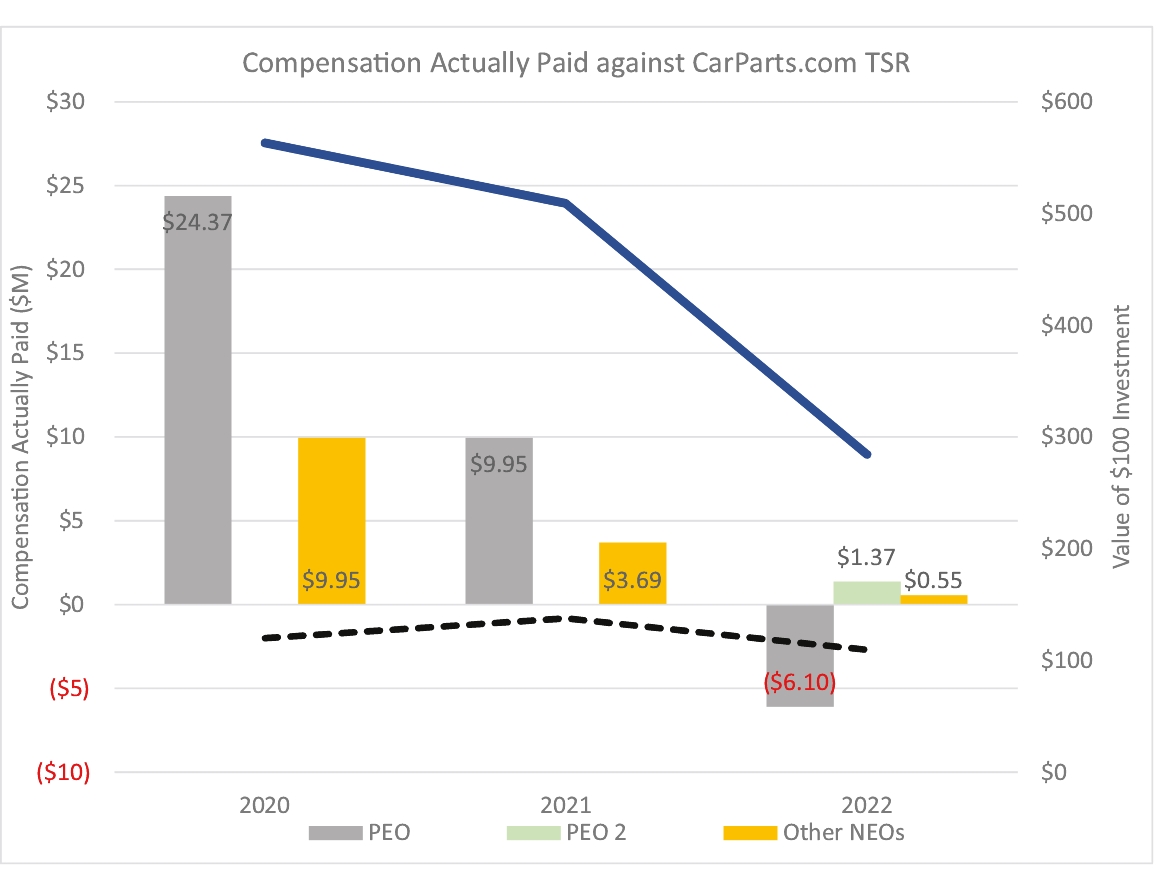(c) To construe, interpret and apply the terms of the Plan and, in
the exercise of this power, correct any defect, omission or inconsistency in the Plan, in a manner and to the extent it shall deem necessary or expedient to make the Plan fully effective;
(d) To determine eligibility and to adjudicate all disputed claims
filed under the Plan;
(e) To adopt rules or procedures relating to the operation and
administration of the Plan, including, without limitation, rules and procedures regarding eligibility to participate in the Plan or any Offering, the definition of Compensation, handling of payroll deductions, making of contributions to the Plan
(including, without limitation, in forms other than payroll deductions), establishment of bank or trust accounts to hold payroll deductions, payment of interest, conversion of local currency, obligations to pay payroll tax, withholding procedures
and handling of stock certificates which vary with local requirements and such other procedures as are necessary to accommodate the specific requirements of local laws and procedures for jurisdictions outside of the United States;
(f) To adopt such procedures and sub-plans as are necessary or
appropriate to permit participation in the Plan by Employees who are foreign nationals or employed outside the United States; and
(g) Generally, to exercise such powers and to perform such acts as it
deems necessary or expedient to promote the best interests of the Company and its Subsidiaries and to carry out the intent that the Plan be treated as a tax-qualified employee stock purchase plan.
Every finding, decision and determination made by the Administrator
will, to the full extent permitted by law, be final and binding upon all parties. The Board may retain the authority to concurrently administer the Plan with the Committee and may, at any time, revert to the Board some or all of the powers
previously delegated. Whether or not the Board has delegated administration of the Plan to a Committee, the Board shall have the final power to determine all questions of policy and expediency that may arise in the administration of the Plan.
15. Death of Participant.
In the event of the death of a Participant, the Company shall deliver any remaining cash balance to the executor or administrator of the estate of the Participant, or if no such executor or administrator has been appointed (to the knowledge of
the Company), the Company, in its discretion, may deliver such cash balance to the spouse or to any one or more dependents or relatives of the Participant, or if no spouse, dependent or relative is known to the Company, then to such other person
as the Company may designate. All shares held by a broker or designated agent of the Company shall be delivered to such beneficiary named under the brokerage or agent account (or if there is no such beneficiary, as provided under the account).
16. Transferability.
Neither payroll deductions credited to a Participant’s account nor any rights with regard to the exercise of an Option or to receive shares of Common Stock under the Plan may be assigned, transferred, pledged or otherwise disposed of in any way
(other than by will, the laws of descent and distribution or as provided in Section 15 hereof) by the Participant. Any such attempt at assignment, transfer, pledge or other disposition will be without effect, except that the Company may treat
such act as an election to withdraw from an Offering in accordance with Section 10 hereof.
17. Use of Funds. The
Company may use all payroll deductions received or held by it under the Plan for any corporate purpose, and the Company will not be obligated to segregate such payroll deductions. Until shares of Common Stock are issued, Participants will only
have the rights of an unsecured creditor with respect to such shares.
18. Reports. Individual
bookkeeping accounts will be maintained for each Participant in the Plan. Statements of account will be given to participating Eligible Employees at least annually, which statements will set forth the amounts of payroll deductions, the Purchase
Price, the number of shares of Common Stock purchased and the remaining cash balance, if any. Notwithstanding the foregoing, all payroll deductions received under the Plan shall be deposited with the general funds of the Company except where
applicable law requires that contributions be deposited with an independent third party.
19. Adjustments, Dissolution,
Liquidation, Merger or Change in Control.
(a) Adjustments. In
the event that any dividend or other distribution (whether in the form of cash, Common Stock, other securities, or other property), recapitalization, stock split, reverse stock split, reorganization, merger, consolidation, split-up, spin-off,
combination, repurchase, or exchange of Common Stock or other securities of the Company, or other change in the corporate structure of the Company







